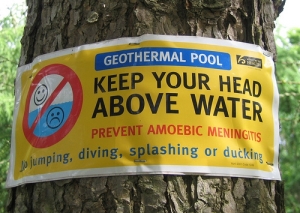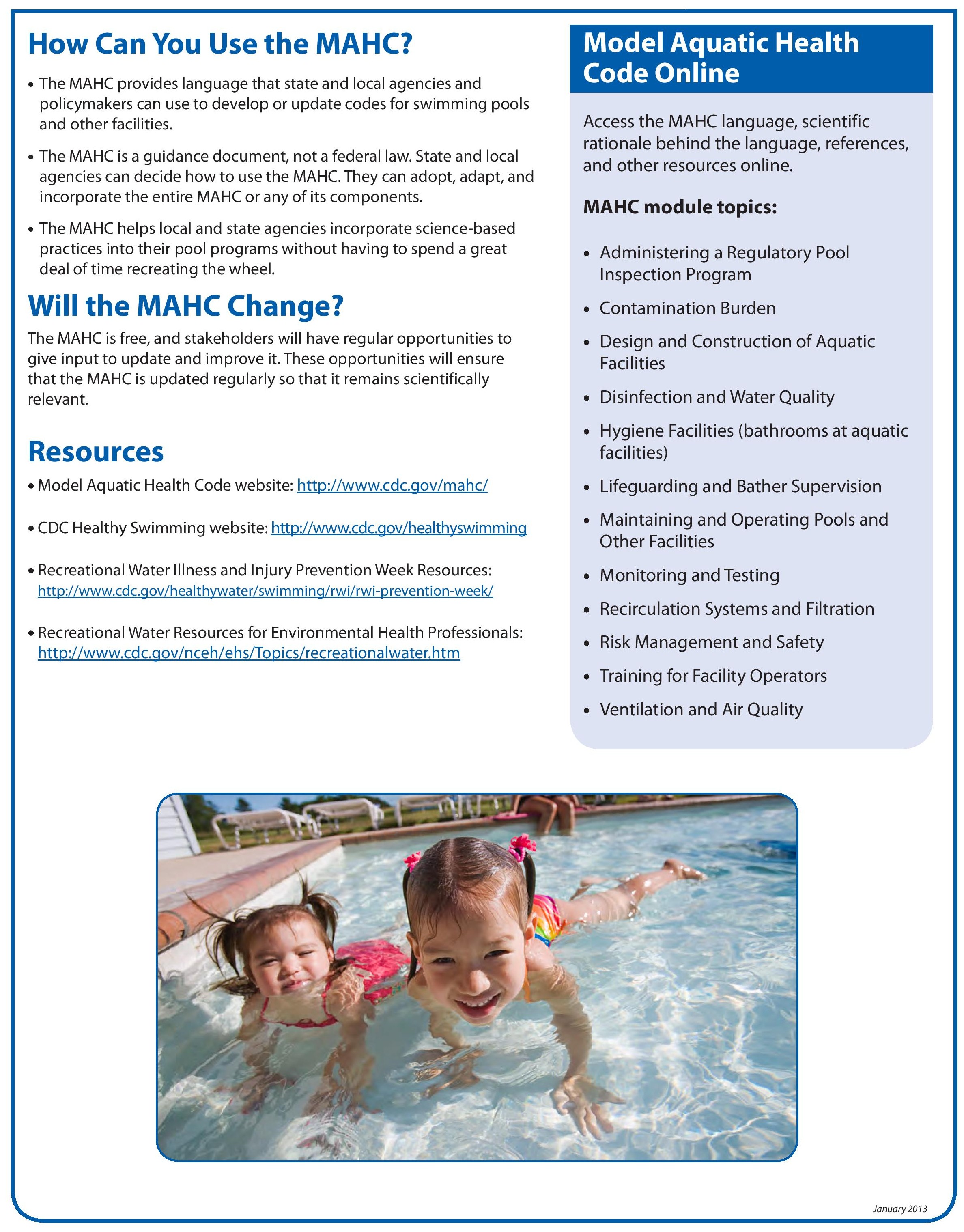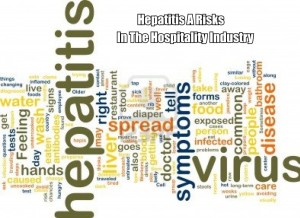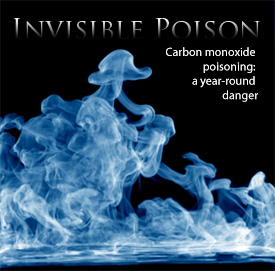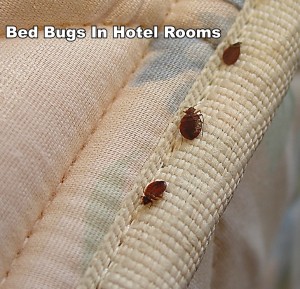“…The area where the chemicals were mixed (was) isolated…one of the two chemicals was muriatic acid (and) the other chemical was  chlorine (that) were mixed by an employee of the hotel by accident, creating the strong fumes that affected the employees and guests…One of the 12 transported by EMS was an employee of the hotel, but the other eleven were guests. An additional six people were treated at the hotel, but did not require further medical attention…”
chlorine (that) were mixed by an employee of the hotel by accident, creating the strong fumes that affected the employees and guests…One of the 12 transported by EMS was an employee of the hotel, but the other eleven were guests. An additional six people were treated at the hotel, but did not require further medical attention…”
The overnight nursing supervisor at Grand Strand Regional Medical Center confirmed all 14 patients who were being  treated for respiratory issues following an accidental chemical mixture have been discharged from the hospital. Bob Derr, a Battalion Chief with the City of Myrtle Beach Fire Department confirmed the Hazmat situation was reported after two chemicals were mixed together in the pool maintenance area under the hotel the Landmark Resort at 1501 South Ocean Boulevard, affecting both guests and employees.
treated for respiratory issues following an accidental chemical mixture have been discharged from the hospital. Bob Derr, a Battalion Chief with the City of Myrtle Beach Fire Department confirmed the Hazmat situation was reported after two chemicals were mixed together in the pool maintenance area under the hotel the Landmark Resort at 1501 South Ocean Boulevard, affecting both guests and employees.
Twelve people have been taken to Grand Strand Regional Medical Center by EMS, and two more drove themselves. All 14 were presenting respiratory issues. Battalion Chief Derr suggested more guests could be transported if they started to show signs of respiratory distress.
Crews did not evacuate the hotel completely. The lower floors were cleared as a precaution.
For more:Â http://www.wistv.com/story/23509101/crews-respond-to


